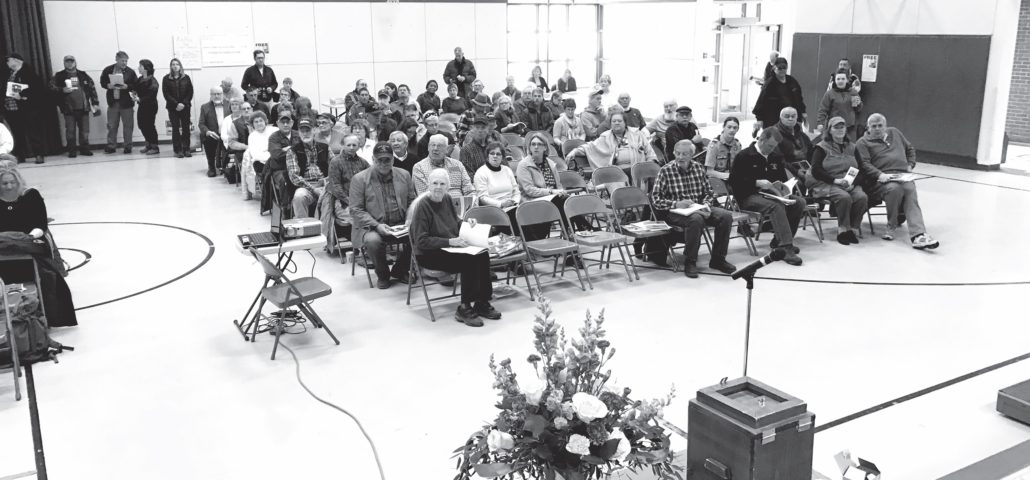Palermo resident to celebrate professional pet sitters week March 5 – 11
Business owner Sandy Patrick will use the annual observance to celebrate industry growth and encourage local pet owners to learn more about the advantages of using a professional pet-sitting company.
Country Roads Pet & Farm Care LLC encourages local pet parents to join her in celebrating the 29th annual Professional Pet Sitters Week, March 5-11, 2023. Professional Pet Sitters Week (PPSW) was introduced by Pet Sitters International (PSI) in 1995.
Pet Sitters International is the world’s largest educational association for professional pet sitters and represents more than 4,000 member businesses in the United States, Canada and more than 20 other countries.
Sandy has been a member of PSI since 2001 beginning with her previous pet sitting business before moving to Maine in 2015. She now offers services to pet parents in Palermo and surrounding towns. She is a Certified Professional Pet Sitter, a Pet Tech CPR/First Aid Instructor and a Certified Fear Free Professional.
PSI created Professional Pet Sitters Week to educate pet owners about the advantages of using professional pet sitters.
“With pet ownership at an all-time high and the need for pet-care services continuing to grow, it’s important for pet parents to understand that they don’t have to rely on friends, neighbors, or family members to care for their pets,” said PSI President Beth Stultz-Hairston. “Whether pet parents are traveling or working long hours at the office or from home, we encourage them to look for qualified, professional pet-care providers who have the business credentials and training to offer top-notch services.
“These business owners and their staff sitters truly deserve recognition for the optimal pet care they provide and the ways they’ve adjusted their services to meet the needs of today’s pet parents,” added Stultz-Hairston.
“Country Roads Pet & Farm Care is happy to join PSI and thousands of fellow pet-care professionals around the globe in celebrating this week that recognizes professional pet-sitting businesses like mine,” said Sandy Patrick, owner of Country Roads Pet & Farm Care LLC.
“It’s also an opportunity to remind pet owners that professional pet sitters like me are available and that professional pet-care businesses can provide peace of mind that other options cannot. With over 25 years of experience, I value continuing education that allows me to offer reliable service to the pets entrusted to my care. Earning and continuing the designation of CPPS-Certified Professional Pet Sitter demonstrates that I am an animal steward committed to delivering excellent service, “ added Patrick.
This year, Country Roads Pet & Farm Care LLC is commemorating Professional Pet Sitters Week by making a donation to the Waldo County Pet Food Pantry.
To learn more about Country Roads Pet & Farm Care LLC visit www.countryroadspetcare.com. To learn more about PPSW or the pet-sitting industry, visit the PSI website, www.petsit.com.





 by Connie Bellet
by Connie Bellet


 The deadline for ordering bright, tangy, and sweet citrus in time for Christmas is December 11. You can have it shipped anywhere in the lower 48 states for one low price. Just go to
The deadline for ordering bright, tangy, and sweet citrus in time for Christmas is December 11. You can have it shipped anywhere in the lower 48 states for one low price. Just go to  Christopher Anderson, President of F.A. Peabody Insurance (FAPCO,) is announcing the opening of the agency’s 11th branch office in Palermo. Palermo is centrally located in the tri-city community of Belfast, Augusta and Waterville.
Christopher Anderson, President of F.A. Peabody Insurance (FAPCO,) is announcing the opening of the agency’s 11th branch office in Palermo. Palermo is centrally located in the tri-city community of Belfast, Augusta and Waterville.